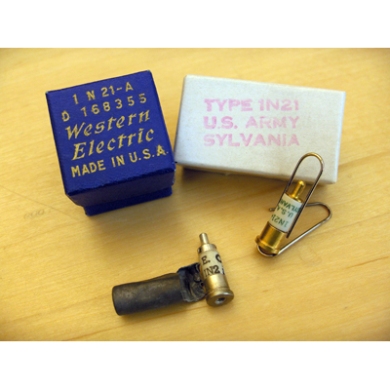Plastics and the War
The war played a massive part in the advancement and use of plastics. The metal shortages meant that plastic became a necessity both during and after the war. The use of Perspex in aircraft canopies also became far more prominent during this period, and this could be seen in the shape, there was no longer the need for flat panels of glass.
Prior to the war there was the development of several plastics that are still common today, polystyrene, nylon and polyethylene were all developed in the late 30s, and were all used widely during the war. Nylon for example, was used for stockings for a period during the war, but DuPont moved their efforts towards producing parachutes, aeroplane and glider tow lines and ropes as America joined the war. This led to a shortage in stockings, causing riots in some areas. Similarly, polystyrene was used frequently in radios, radar housings and other military equipment during the war. Polyethylene was used to coat wires by the military, although it was still an expensive plastic during this time. These three cases show that the reliance on plastics was growing, and was exacerbated during the war as production focussed on providing military equipment.
Silicon was also developed during the war, and was the favoured material for semi-conductors in radar receivers. Again, this led to the development of silicon in a military capacity before being used widely in semi-conductors after the war’s end. This increase in use of plastics meant that it was now becoming a material that was accepted and was no longer used to imitate other materials.
This development paved the way for the post-war consumerism that led to disposable products and plastic becoming increasingly widely used as the material of choice. From a design perspective, the advance in plastic opened up the freedom the alter form, and create more elegant products, moving away from the rugged ‘Americana’ styling of the late 40s and 50s. This, for me, was great for design and saw the emergence of designers such as Kenneth Grange.



I found this article extremely interesting. It’s put into perspective how materials and technology have effected some of the biggest events in human history. You’ve clearly highlighted some developments and applications of plastics that I previously may not have appreciated as much as I do now. Great read!